What are the best summer tyres? We measured it. See for yourself
Summer Tyre Test 2015: 15 new and 2 used sets of tyres put to the test on the Hungaroring
Ez a cikk több mint 90 napja frissült utoljára, ezért kérjük, az olvasása során ezt vegye figyelembe!
This year we once again did our tyre test together with nonstopgumi. The weather on the Hungaroring was warmer than usual. There were quite a few surprises!
Emergency braking, tested as usual in the home stretch of the Hungaroring. Winter tyres completely wore out and even our all-season tyres looked worse for wear
At air temperatures around 18–23 degrees Celsius, asphalt temperatures were already at the beginning of the test slightly above 25 degrees, and by the end they rose to above 37 degrees. Such a change in conditions was expected in our comparison—done as usual in the 195/65 R15 size category—which painted an astonishingly realistic picture of what the different tyres were capable of. Out of the 17 tyres we compared, 15 were completely new and two were used. The latter included an only two-year-old set of high-quality summer tyres from a well-known brand, which would definitely not have needed replacement just yet. The other one was another typical example: a five-year-old set of winter tyres with a tread depth below 4 mm that can definitely not be recommended for winter use, and so many people would leave it on their cars to ‘wear out’ a set of tyres that is unsuitable for winter roads anyway. The 15 brand-new sets included premium, budget and superbudget tyres alike, and we also added two all-seasons sets to the mix (the Debica Navigator 2 and the Kumho Solus Vier) to find out if they are worth considering.
We compared a total of 17 sets of tyres—15 new and two used, 14 summer, two all-seasons and one winter set—in the 195/65 R15 size category. Credit goes to nonstopgumi for the tyres and the mounting, and Hungaroring and the team of the Practice Track for the venue, with the latter also providing us with the Focus models used for testing, as well as an experienced instructor
We tested the tyres with our usual methodology: emergency braking started at 130 km/h (evaluated from 120, 100 and 60 km/h) in the home stretch of the Hungaroring, and we also looked at cornering characteristics, coasting and passenger compartment noise levels on dry roads—all on the Ring. Our wet asphalt tests were once again done under constant conditions on the Practice Track, and that was where were tested cornering speeds as well. As usual, we took all measurements five times, and scores were based on averages calculated without the extreme values. Our detailed test results (download here or see the bottom of the article) show that wet roads allowed for far higher speeds. The reason for this was that on wet asphalt we drove in circles with a larger radius, whereas on dry asphalt we set up a circular track using traffic cones in corner 14 of the Hungaroring. Our test driver was Tibor Pesti, experienced instructor of the Practice Track, while the measurements were taken by our colleague Tamás Gere with instruments courtesy to GPS Aréna.
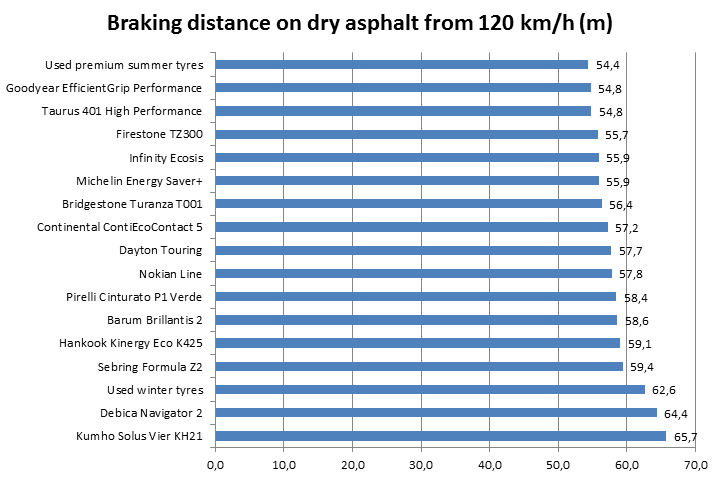 When braking from 120 km/h there is a more than 10-metre difference in braking distance between a good set of summer tyres and all-season Kumhos—this is enough to cause fatal accidents
When braking from 120 km/h there is a more than 10-metre difference in braking distance between a good set of summer tyres and all-season Kumhos—this is enough to cause fatal accidents
Not just the test results but the driving experience, too, confirms that there are still no tyres that would excel in every discipline; tyre manufacturers optimise their models for different characteristics. What did surprise us was that even in spring weather—albeit warm for spring—a couple of emergency braking sessions could entirely wear out and ruin winter tyres that still seemed to be good; the bigger problem of course is that we also got far longer braking distances than with summer tyres, and found the same with all-seasons tyres. At least as surprising was that our used summer tyres—although it should be noted that they were premium tyres in good condition—produced the shortest braking distance from 120 km/h. That said, the shortfall of the Goodyear EfficientGrip Performance, the best set of tyres according to the aggregated results, is within the error margin, and the Goodyear was also the best performer on wet asphalt. Premium brands performed well on both dry and wet asphalt, with the Chinese (but not low-end) Infinity doing surprisingly well on dry roads, while the Barum Brillantis 2, a brand popular in Hungary, fared poorly in the same discipline, as well as on wet asphalt.
Emergency braking from 60 km/h on the wet asphalt of the Practice Track. Most tyres exhibited longer braking distances than on dry asphalt, with the percentage differences between the various tyres being only marginally worse than on dry asphalt from twice the speed
 On wet roads, Kumho tyres had a 2.9 metres longer braking distance than the test winner Goodyear, even from 60 km/h—a difference that could cost lives
On wet roads, Kumho tyres had a 2.9 metres longer braking distance than the test winner Goodyear, even from 60 km/h—a difference that could cost lives
Differences in cornering speeds between better and poorer tyres could reach 6.3% on dry and nearly 10% on wet asphalt
As far as cornering characteristics were concerned it was actually the Barum that turned out to handle best on dry asphalt—the only question is how long it could sustain these results considering its terrible wear characteristics. This is why tyres need to be examined for all characteristics together. The Firestone and the Pirelli had only slightly lower cornering speeds than the Barum, and essentially neither of them showed any wear. Even used summer tyres with their good performance on dry asphalt did poorly in wet corners, while used winter tyres performed abysmally in all disciplines, as did the Debica Navigator 2 and Kumho Solus Vier all-season tyres.
Winter tyres did indeed wear down noticeably during our testing, which is bad in itself, but what is even worse is the danger their extended braking distance poses to the user and their environment, including all other drivers
If there is anything good that can be said about winter tyres, it is the fact that they were the most silent of all, which is natural, as winter tyres are always softer than their summer counterparts. That aside, we cannot recommend anyone to use winter tyres in summer. It is not economical, as one summer and a few thousand kilometres are enough to ruin a set of winter tyres. The wear patterns of our test tyres (not just winter but all-season tyres as well) showed that the lamellas had burned away. And even this is nothing compared to the danger they pose due to their extended braking distance. Strangely, even the used tyres showed strong wear during the test and did not stand the rigours of the trial as well as the other sets. Even if they did well when braking on dry asphalt, they did show their age. While Barum’s winter tyres performed well in our winter tyre test, their summer tyres fared poorly in this round. Even their wear score was the worst among new tyres. The testing also left its mark on the Michelin group’s Taurus and Sebring tyres, as well as on Hankook’s Kinergy Eco K425—which on a side note had the best rolling resistance—and the Debica Navigator 2 and Kumho Solus Vier all-season tyres. The Dayton and the Infinity proved to be somewhat more resilient. Out of the more reputable brands, only Michelin and Nokian tyres exhibited noticeable wear, which was even less in the Firestone, while all other premium tyres—Bridgestone, Continental, Goodyear and Pirelli—essentially remained in mint condition even after the rigorous test that wore out several other tyres.
Some tyres did not look any worse for wear after the test, while others did wear down quite a bit
| Factory labels | Price/piece | |||
| Rolling resistance - Fuel efficiency | Grip on wet road - Safety | Noise dB(A) | ||
| Barum Brillantis 2 (91H) | E | C | 71 | 50,3 EUR |
| Bridgestone Turanza T001 (91H) | C | B | 71 | 61 EUR |
| Continental ContiEcoContact 5 (91H) | B | B | 72 | 65 EUR |
| Dayton Touring (91H) | E | C | 71 | 48,2 EUR |
| Debica Navigator2 MS | E | C | 69 | 53,3 EUR |
| Firestone TZ300 (91H) | E | B | 70 | 53 EUR |
| Goodyear EfficientGripPerformance (91H) | B | A | 69 | 60,4 EUR |
| Hankook Kinergy Eco K425 (91T) | B | B | 69 | 55,7 EUR |
| Infinity Ecosis (91T) | C | C | 71 | 46,3 EUR |
| Kumho Solus Vier KH21 | C | C | 73 | 50,9 EUR |
| Michelin Energy Saver+(91T) | C | A | 70 | 68,1 EUR |
| Nokian Line | C | B | 71 | 70 EUR |
| Pirelli Cinturato P1 Verde | C | B | 69 | 67,5 EUR |
| Sebring Formula Z2 | F | C | 71 | 47,2 EUR |
| Taurus 401 High Performance | F | C | 71 | 20 EUR |
| Used premium summer tyres | - | - | - | from 20 EUR |
| Used winter tyres | - | - | - | from 20 EUR |
Once again we left nothing to chance and took all measurements five times, recording the data using two devices. Fortunately there were no errors, so a single device would have sufficed. The accuracy of the measurements is shown by the lack of standard deviation between the two sets of data
Of course personal preference could lead customers to choose different models when selecting tyres. No complicated calculations are needed; simply use the app at the end of the article to adjust the weighting. In our own summary we gave the largest weight (30%) to braking performance on dry roads, 20% to braking on wet asphalt, 10% each for cornering characteristics on dry and wet asphalt, only 5% to noise and 15% to wear resistance. In the end our top three tyres were the Goodyear EfficientGrip Performance, the Bridgestone Turanza T001 and the Continental ContiEcoContact 5. There are only minimal differences between the overall capabilities of the first two, and the third is also only slightly behind. These are the three tyres we would recommend the most based on our testing, but the Pirelli P1, the Firestone TZ300, the Michelin Energy Saver+, the Nokian Line, the Infinity Ecosis, the Hankook Kinergy Eco K425, and even a set of quality used summer tyres are also a good choice. Interestingly, while Michelin tyres showed shorter braking distances than for example Pirellis, the latter were superior in durability. As for the tyres that showed satisfactory characteristics (Dayton, Taurus, Sebring and Barum), we would only recommend them under specific circumstances, these being small amounts of driving under calmer conditions, for example in the countryside at rather modest speeds. However, we can say in all seriousness that all-season and winter tyres are not recommended in summer conditions! Their excess braking distance can lead to serious material damage and could even claim human lives. These tyres also wear out far more quickly. The extra price one has to pay for good tyres is minimal compared to how much depends on them.
 The top three tyres based on our own weighting are Goodyear, Bridgestone and Continental, but with the app at the end of the article (not available in mobile view), everyone can adjust the weighting according to their personal preference
The top three tyres based on our own weighting are Goodyear, Bridgestone and Continental, but with the app at the end of the article (not available in mobile view), everyone can adjust the weighting according to their personal preference
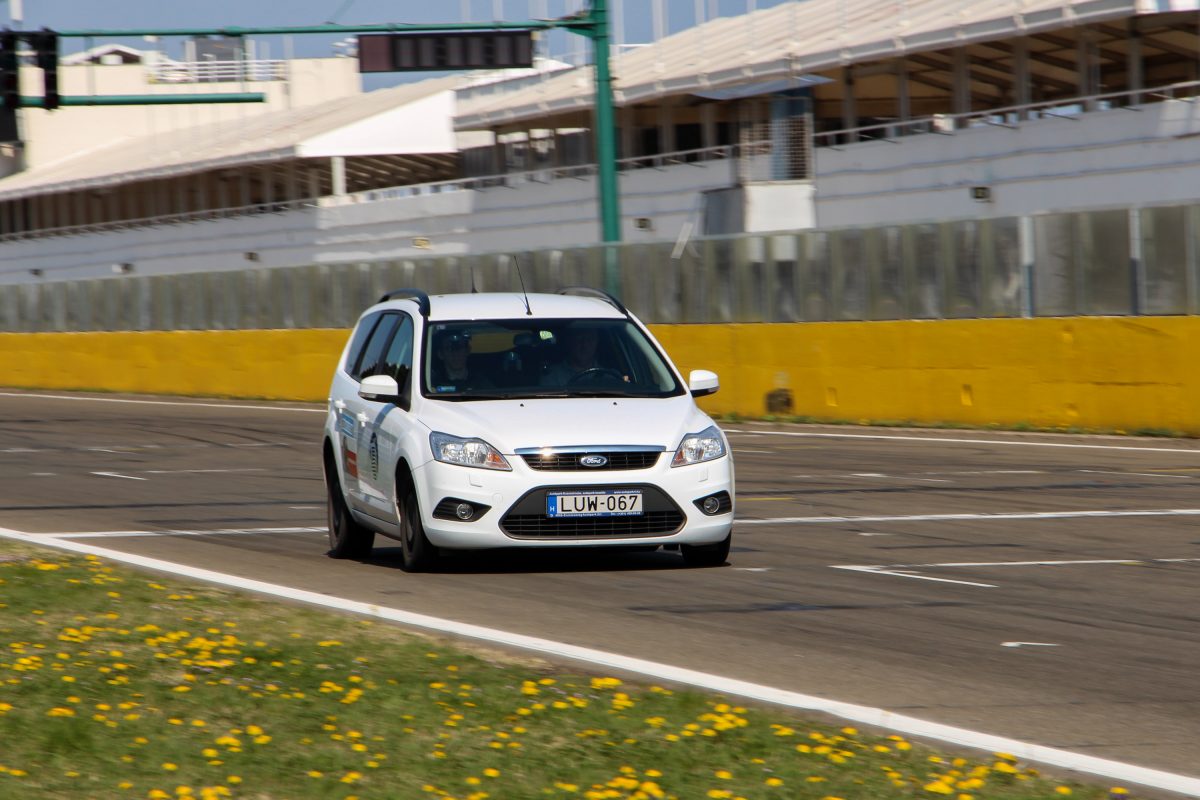

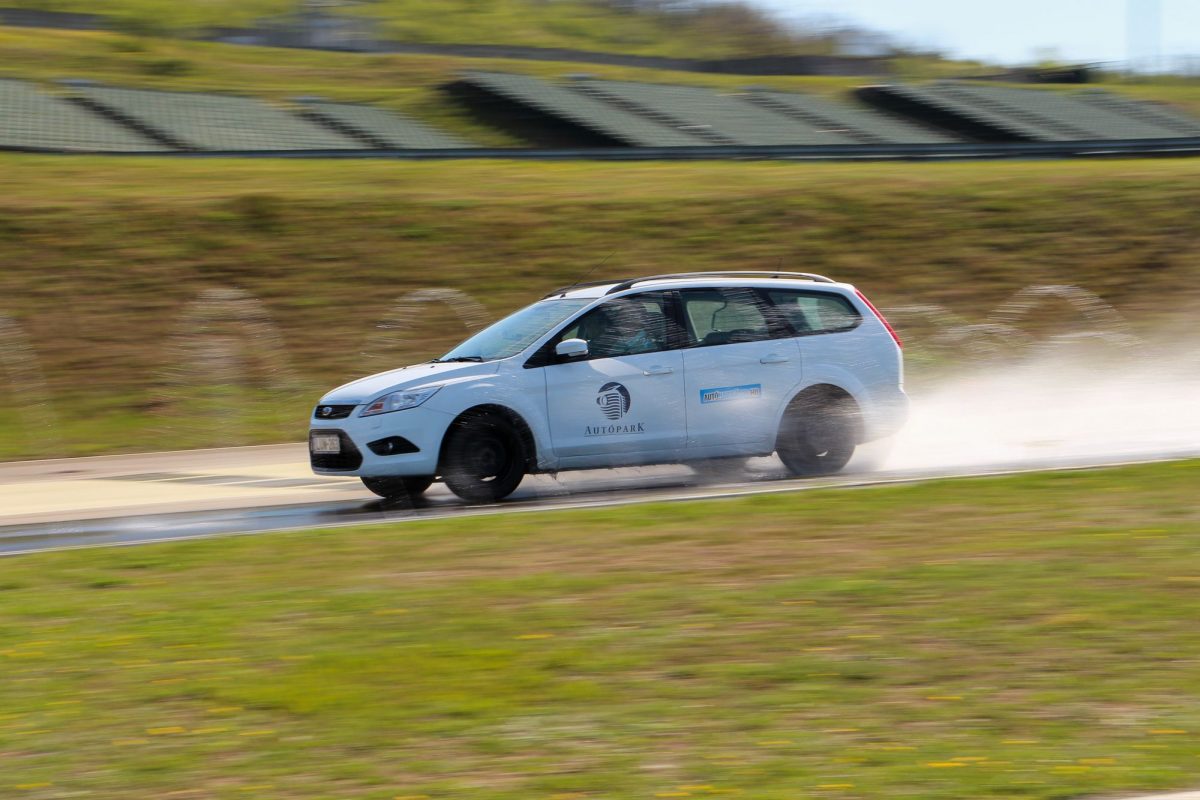





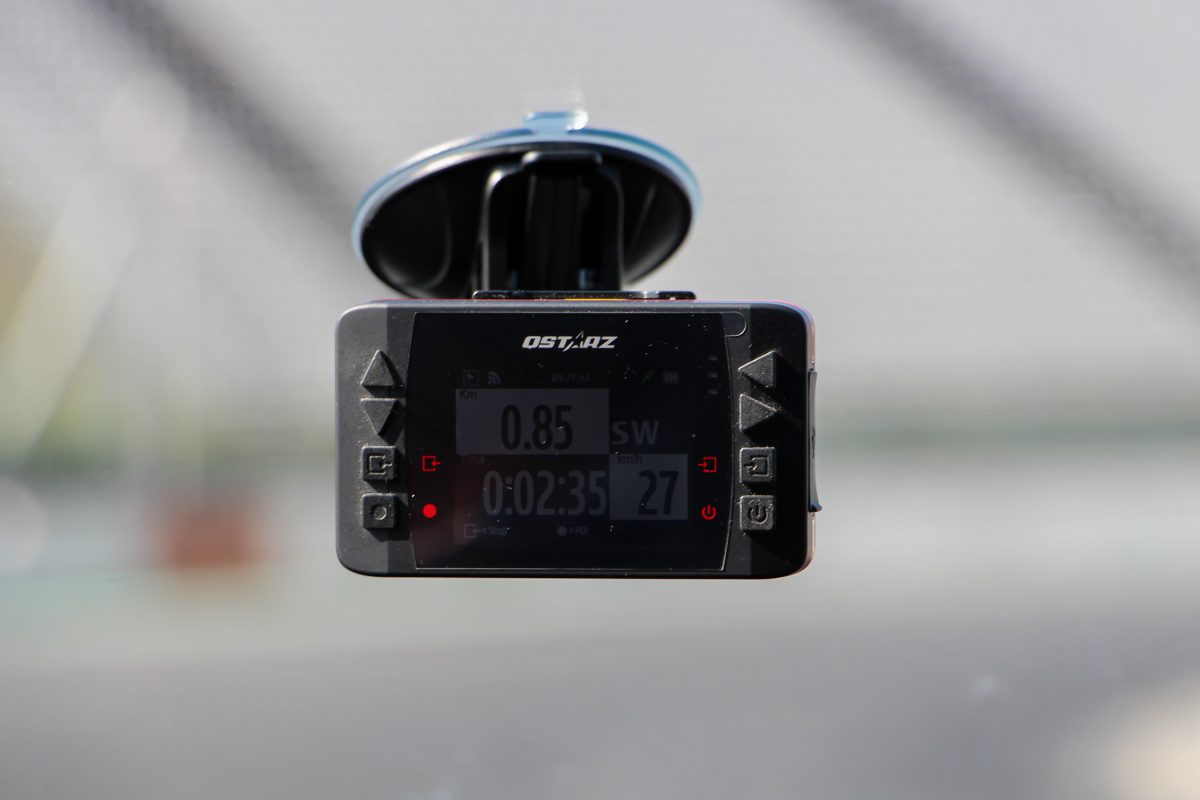











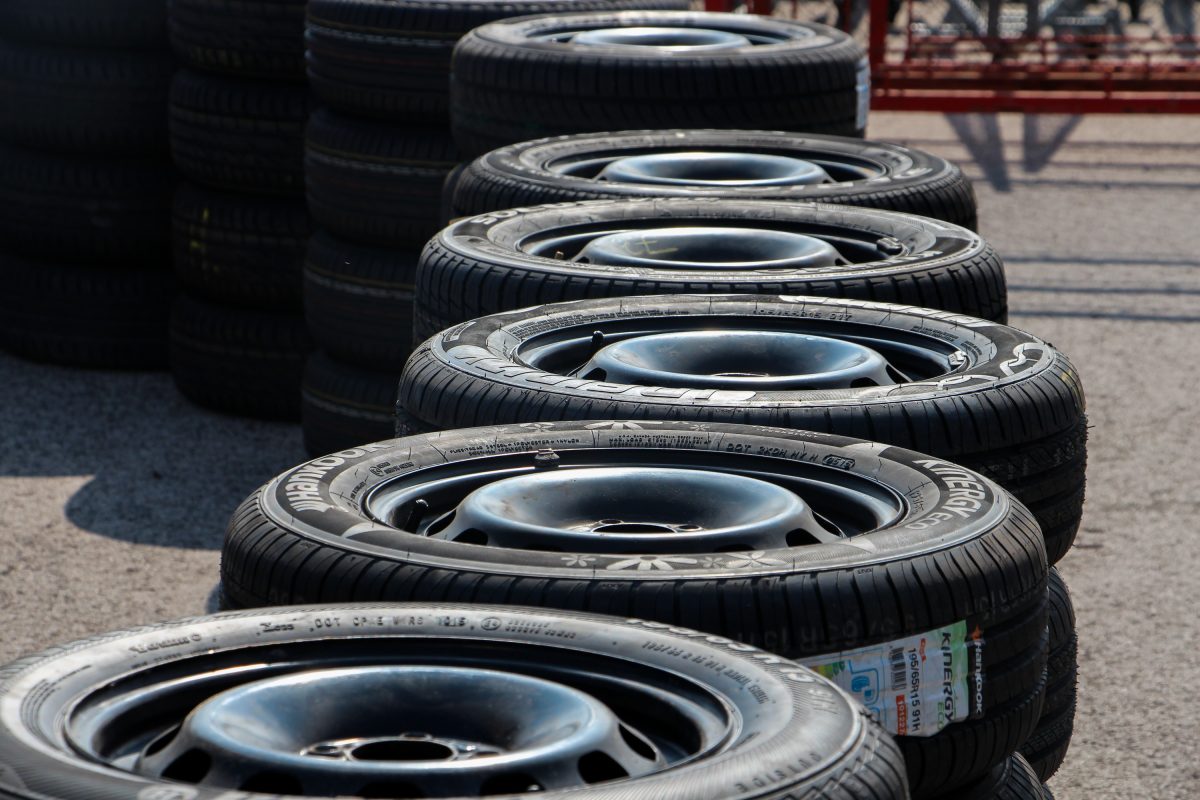











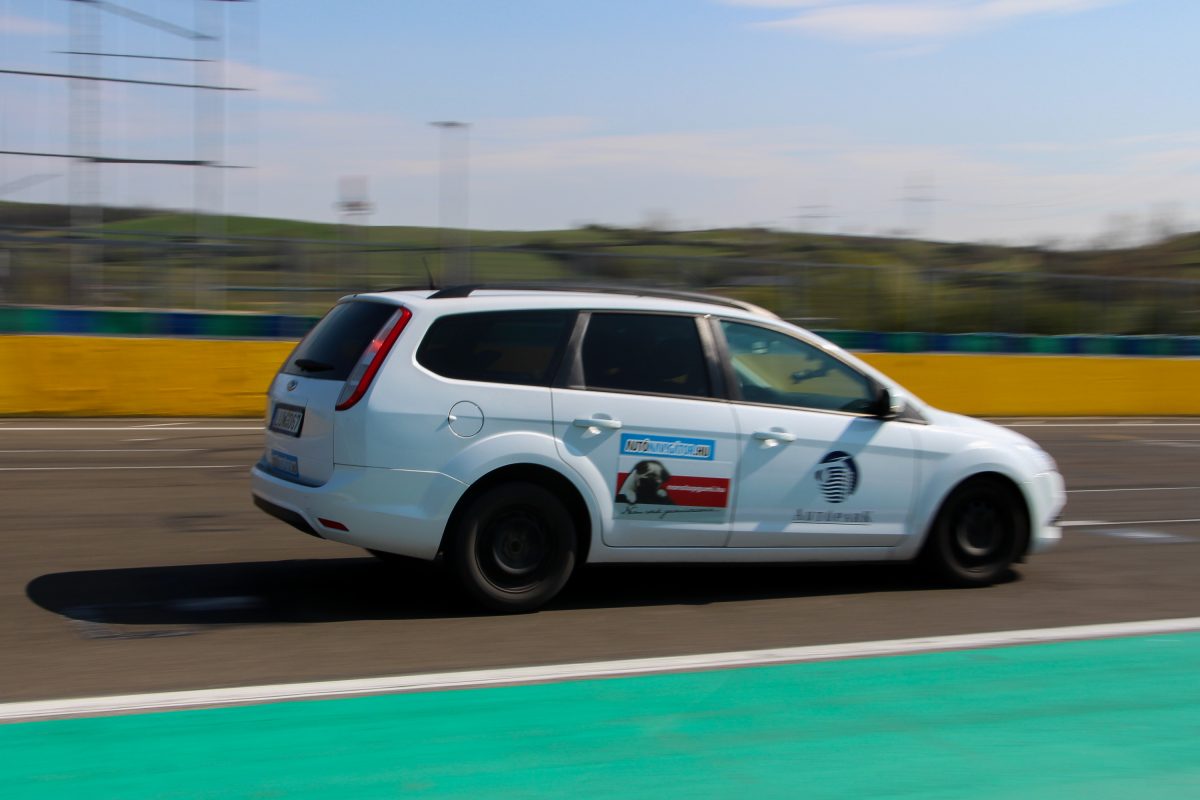
















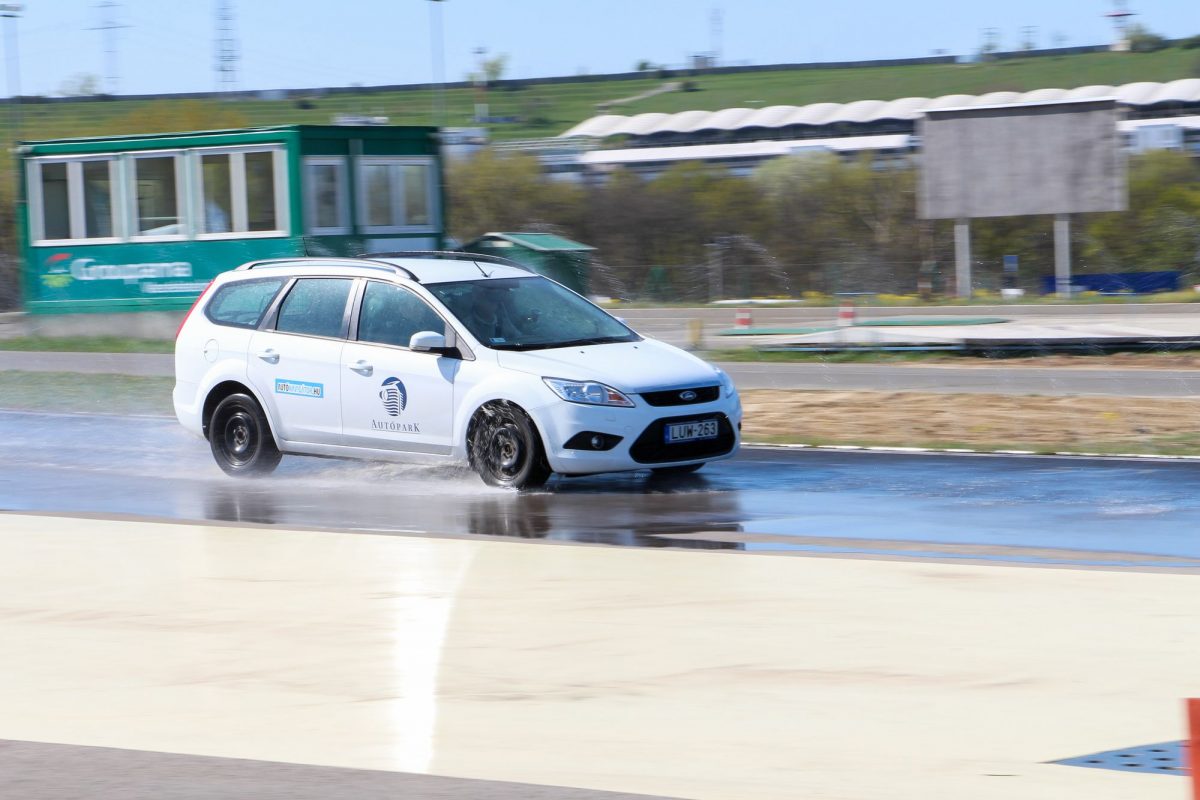


















Nagyon jó teszt, ez alapján döntöttem, hogy Infinityt veszek, sajnos nem volt kapható a megfelelő méretben, így tudtam meg, hogy a LingLong márka a másik neve, ezért LingLong Green Max HP010-est vettem. Nem akartam hinni a szememnek, hogy 9200Ft-ért lehetett megvenni házhoz szállítva. Midnenkinek ajánlom az [url]http://olcsogumi.sop.hu[/url] áruházat, legjobb árak, kiszállítás GLS-el, a legkorrektebb futárcég. Teljesen elégedett vagyok a gumival, C-B-69 matrica adatok, szerintem nagyon meggyőzőek. Egy szezon után, csak jók a tapasztalatok, legalább közép kategórás a tudása, de van olyan olasz prémium márka, amivel kevésbé voltam megelégedve. Jó hogy megcsinálták ezt a tesztet!